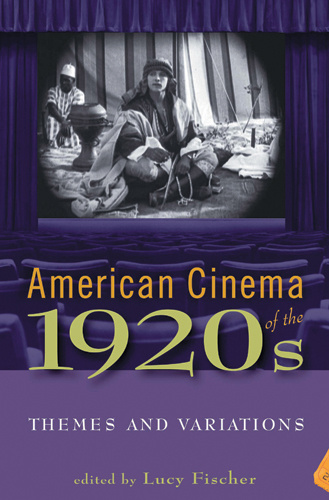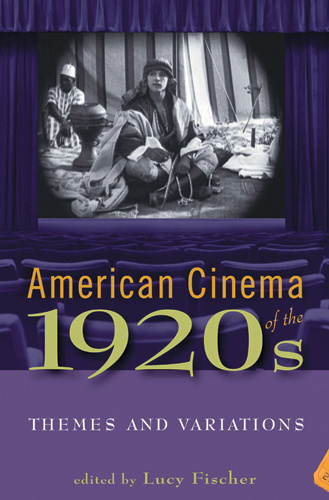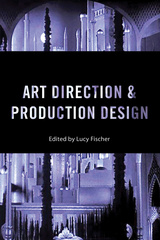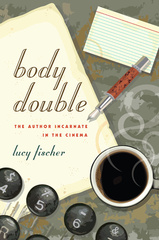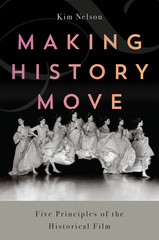During the 1920s, sound revolutionized the motion picture industry and cinema continued as one of the most significant and popular forms of mass entertainment in the world. Film studios were transformed into major corporations, hiring a host of craftsmen and technicians including cinematographers, editors, screenwriters, and set designers. The birth of the star system supported the meteoric rise and celebrity status of actors including Charlie Chaplin, Mary Pickford, Joan Crawford, Greta Garbo, and Rudolph Valentino while black performers (relegated to "race films") appeared infrequently in mainstream movies. The classic Hollywood film style was perfected and significant film genres were established: the melodrama, western, historical epic, and romantic comedy, along with slapstick, science fiction, and fantasy.
In ten original essays, American Cinema of the 1920s examines the film industry's continued growth and prosperity while focusing on important themes of the era.
This most recent volume in the Screen Decades series, which looks at American culture and American cinema decade by decade, offers ten essays on the cinema of what F. Scott Fitzgerald termed 'the jazz age.' These fresh, insightful essays spark attention on the era of emancipation, Prohibition, materialism, the arrival of radio and sound films, and, of course, bobbed hair. Recommended.
‘There is nothing like this series. Screen Decades firmly situates American cinema in the realms of material culture, popular culture, cultural narrative, reception analysis, and industrial history.’
This most recent volume in the Screen Decades series, which looks at American culture and American cinema decade by decade, offers ten essays on the cinema of what F. Scott Fitzgerald termed 'the jazz age.' These fresh, insightful essays spark attention on the era of emancipation, Prohibition, materialism, the arrival of radio and sound films, and, of course, bobbed hair. Recommended.
‘There is nothing like this series. Screen Decades firmly situates American cinema in the realms of material culture, popular culture, cultural narrative, reception analysis, and industrial history.’
LUCY FISCHER is a Distinguished Professor of Film Studies and English at the University of Pittsburgh. She is the author of Designing Women: Art Deco, Cinema, and the Female Form, among many other publications.
Acknowledgments
Timeline: The 1920s
Introduction The Twenties and Cinema, Lucy Fischer
1920 Movies, Margarine and Main Street, Michael Aronson
1921 Movies and Personality, Mark Lynn Anderson
1922 Movies and the Perilous Future, Sara Ross
1923 Movies and the Changing Body Of Cinema, Marcia Landy
1924 Movies and Play, Jennifer M. Bean
1925 Movies and a Year of Change, Gwenda Young
1926 Movies and Divine Stars, Defining Gender, Maureen Turim
1927 Movies and the New Woman as Consumer, Sumiko Higashi
1928 Movies, Social Conformity, and Imminent Traumas, Angela Dalle Vacche
1929 Crashes and Finales, Lucy Fischer
Select Academy Awards, 1927-1929
Works Cited and Consulted
Contributors
Index
Timeline: The 1920s
Introduction The Twenties and Cinema, Lucy Fischer
1920 Movies, Margarine and Main Street, Michael Aronson
1921 Movies and Personality, Mark Lynn Anderson
1922 Movies and the Perilous Future, Sara Ross
1923 Movies and the Changing Body Of Cinema, Marcia Landy
1924 Movies and Play, Jennifer M. Bean
1925 Movies and a Year of Change, Gwenda Young
1926 Movies and Divine Stars, Defining Gender, Maureen Turim
1927 Movies and the New Woman as Consumer, Sumiko Higashi
1928 Movies, Social Conformity, and Imminent Traumas, Angela Dalle Vacche
1929 Crashes and Finales, Lucy Fischer
Select Academy Awards, 1927-1929
Works Cited and Consulted
Contributors
Index

